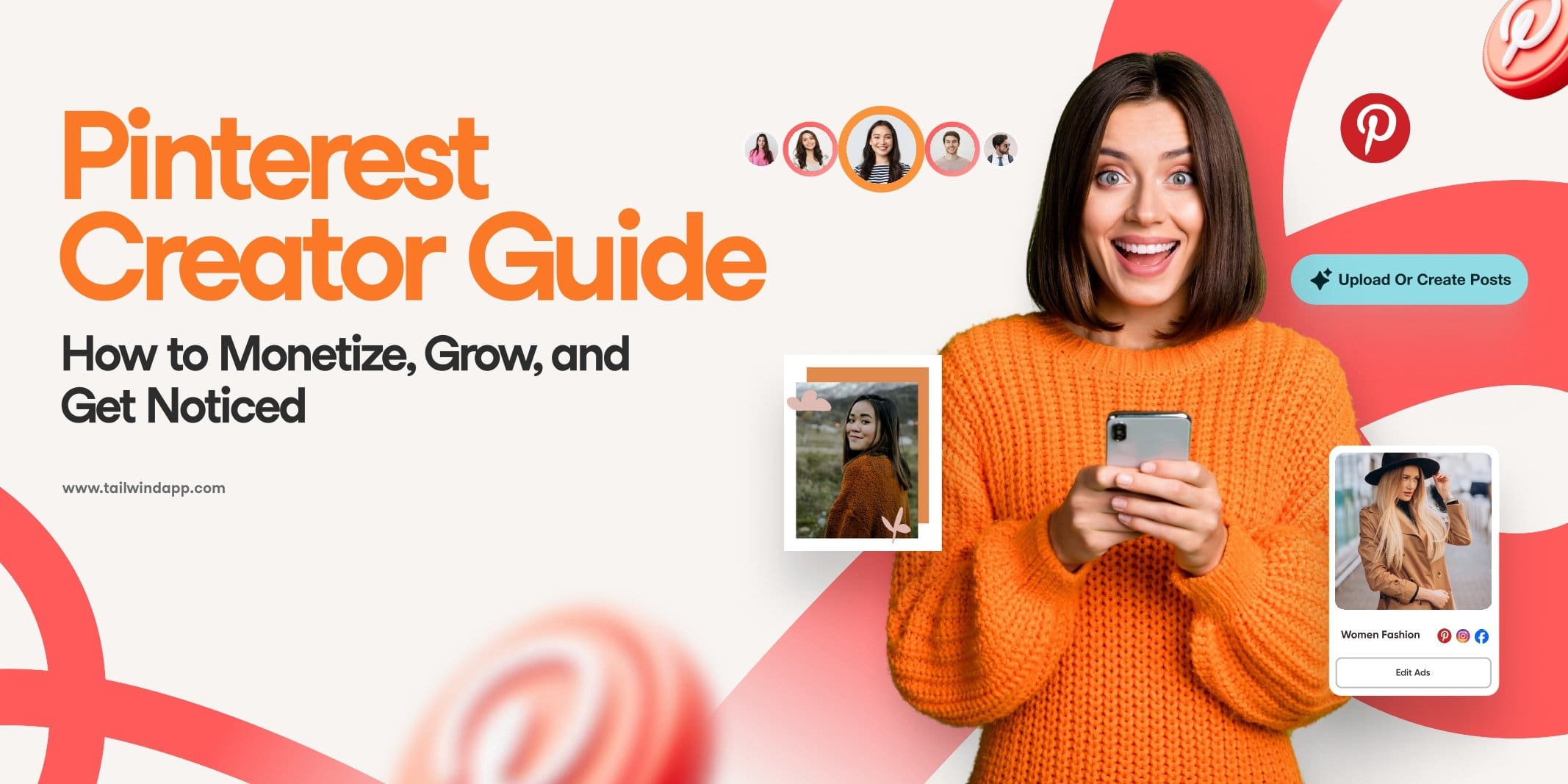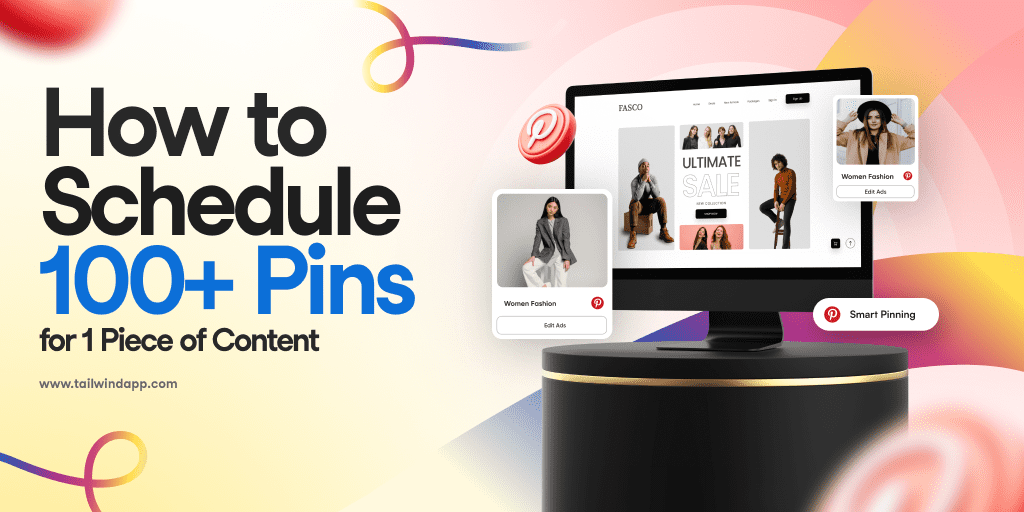When Pinterest came on the scene in 201o it’s doubtful anyone predicted what an impact it would have on the Internet. In just a couple of years Pinterest has begun to influence how people shop, what they eat and what they wear. What gave Pinterest this influential power? Images and people LOVE them.

Big online players took notice of the power of images and made adjustments to try to capture some of the Pinterest wave. This year Google+, Amazon and Bing added Pinterest like features to their platforms. Twitter, the site dedicated to communicating in 140 characters or less, has even started to put an emphasis on images with the addition of Vine videos and most recently photos in users streams.
The infographic below shows the evolution of the visual web. Keep reading below for more.

Source: ON.com
As you can see, the visual web is not a new concept, however, is not uncommon to still find businesses online that still have yet to catch up. I continue to come across websites and blogs that have no images at all or images that aren’t given much thought. Why? Aside from staying current with modern website design and maintaining a professional appearance, the owners of the sites are missing out on huge social sharing opportunities and potential customers or readers.
Potential opportunities
When an image is shared on Pinterest there are up to 7 different ways that it can bring a visitor to the site it came from. According to a September 2013 Shareaholic study, referral traffic from Pinterest has grown over 66% in the past year. No image, no traffic from Pinterest.
Not having an image could be a huge missed opportunity to connect with the largest social media network on the planet. It has also been found that Facebook posts that include an image receive more engagement.
Adding “pinnable” or “shareable” images to sites doesn’t have to be expensive or complicated for bloggers or business owners. Smartphone cameras and apps can easily provide high-quality images. Free image sources such as Pixabay or Morguefile do the photography work for you. Free image editing tools such as PicMonkey or Canva can help you brand and customize the image to meet your needs with a few clicks of a mouse.
Choosing images for your content
When choosing images, keep in mind that when images are shared on social networks that the viewer does not have the benefit of seeing the rest of your site with it. They say an image is worth 1,000 words but the words though of when an image is seen are up to the viewer, not the creator. It’s possible that the viewer might interpret the image in a different way than you intended. A simple text overlay can help guide them.

Back when the Internet first started it was seen as fascinating invention that allowed people to easily share information with others around the world. There wasn’t much thought given to how it looked. What was important was the information. Now that the novelty has worn off and technology has advanced, people expect a much more refined, user-friendly experience with the websites and blogs they visit. This includes images. Bring your site out of the dark ages and seize the opportunities for traffic generation and social sharing by including images.
For inspiration on what kids of images to use, take a look at Pinterest and see which pins catch your eye. Use them as inspiration to create images for your site. A simple image can take you from a trickle of traffic to a wave of traffic, isn’t it worth the effort?




